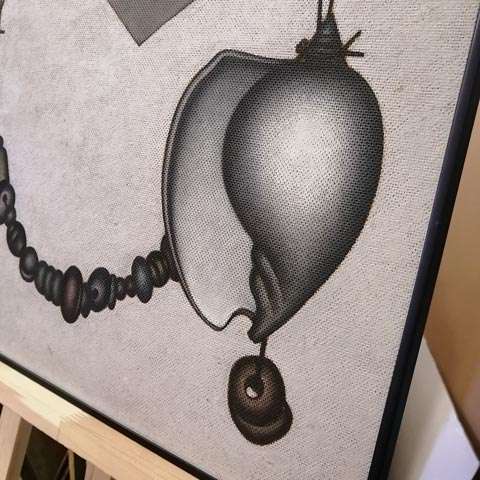
An innovator of metaphysical still life, an intellectual, a loner, he chose the path of a recluse, avoiding fashion, noise and current trends. Today Dmitry Krasnopevtsev (1925–1995) is one of the most expensive and sought-after masters of unofficial post-war art. His paintings of the valuable period these days sell in the range of $ 40,000–80,000 depending on size, theme and provenance. And this is exactly the case when one feels that such prices are far from the limit for this author. Today Krasnopevtsev's best works are bought with a fight, in a passionate rivalry. It can be seen that the artist is still a favorite of collectors, as in the epic times of Richter, Costakis, Sanovich.
In his student years, at the Surikov Institute, Krasnovtsev's classmates nicknamed him “Rembrandt” — for his Dutch narrative landscapes, his heartfelt psychological portraits and his passion for the brown-orange color scheme. He was later called “French” for his Francophilia, his love of French poetry, literature and cinema. On the artist's wall hung a map of Paris a century ago, the city to which he dreamed of going and learned by heart the names of the streets. And one of his favorite books was “Essays” by the French Renaissance philosopher Michel de Montaigne, translated in the USSR.
Krasnopevtsev grew up in the Ostozhenka neighborhood, near his favorite museum, which later became the Pushkin Museum. In the old house, he admired his collection of stones and artifacts, inherited from his grandfather. It was this collection that he first took with him to his new unloved three-room “Khrushchev” apartment in Novie Cheremushki, where he had to move. He did not take away many of his early paintings. He burned them. Friends remember how some of the canvases were miraculously saved from the fire.
Over time, the stones from the grandfather's collection, as well as branches and roots of exotic trees, strange sea stars and shells, jugs and bottles became the building materials of Krasnopevtsev's special world. In it, as if on a wonderful island in the ocean of a hostile real world, reigned harmony, everything obeyed logic and was in balance. The sole inhabitant of this island became increasingly occupied with thoughts of the temporality of the world, and laconic “medieval” beauty became his consolation. The artist lived almost as a recluse, but his collection grew and expanded. New exhibits were brought back by friends from trips abroad, where he himself had never been.
Krasnovtsev was fortunate to have friends and keepers of the memory of his legacy. After his death, catalogs, important texts, diaries, and memoirs were published. The catalogs are the place to start. In fact, the first thing a future collector needs to buy is a three-volume book by Ushakov and the so-called thin catalog of Ushakov. Alexander Ushakov is the keeper of Krasnopevtsev's notes, an authoritative connoisseur of his work, who has been working on the catalogue raisonné of the artist for many years. There is no need to choose which is better: the collector will need both editions. Thus, the three-volume edition has large illustrations, including paintings and drawings, as well as important texts, including Klimov's essay on the method of Krasnopevtsev. On the other hand, the second, “thin” catalog contains more reproductions of paintings. Though many of them are tiny, black-and-white, and dimensionless, the “thin” catalog remains more representative as a guide to painting.
Ushakov's catalogs allow you to quickly discover patterns and detect the apparent periodicity of Krasnopevtsev's work.
Thus, the late 1940s and early 1950s are the conditionally “Rembrand” or “West European” period of Krasnopevtsev. He was still searching for himself. His portraits are theatrical and dreamy. And the landscapes seem to deliberately eschew any connection with Russian nature. From those paintings, portraits and etchings by Krasnopevtsev, it is generally quite difficult to guess that he represents Russian art of the mid-20th century. Nothing in them betrays any identity. It could be a French modernist, a Dutchman, a German, or anyone else. However, this “extra-nationality” and “timelessness” remained Krasnovtsev's companions for the rest of his life.
But that Krasnopevtsev, whom everyone recognizes and appreciates, he becomes closer to the end of the 1950s. At this time, laconic, clear, graphic landscapes appear. There are few objects in them, often one or two. There are no shadows, everything is strict, and the volume is conveyed by «convex» backgrounds and emphasized brand contours. During these years, Krasnopevtsev already finds his form. And this period is separated from the especially valuable one only by color. It's strange to hear that color disturbs a painter. But in the case of Krasnopevtsev it is exactly so.
Only in the early 1960s did the artist come to the conclusion that it is necessary to abandon the bright colors so as not to distract attention from the form. Not immediately, not abruptly. The traditional palette remains in his arsenal for several years. However, the decisive step has been taken. A few years will pass, and Krasnopevtsev will remain only like that — laconic, sparing, almost monochrome, but at the same time just as harmonious.
By the end of the 1970s, Krasnopevtsev's compositions become more complex. No longer two or three objects, but entire complex ensembles: interwoven with threads, reinforced with stones, with pendants of “chicken gods” and installations of bottles. If Krasnopevtsev of the 1960s is a kind of “vanitas”, then by the end of the 1970s his works are expanded philosophical narratives and metaphors. In them one can find discourses about masculine and feminine principles, the fragility of the world, about its injustice and absurdity.
Actually, these periods of Krasnopevtsev are used today for practical pricing and as a reference point for evaluating the investment potential. That is, if we oversimplify it, we can say this: the mature monochrome Krasnopevtsev of the 1960–1990s is valued higher than the early Krasnopevtsev of the 1950s.
Next are the nuances. So, an additional plus to the investment potential of a particular work can be considered its provenance: in which famous collections the work existed, where it was published, in which exhibitions it participated. For example, if a painting has already been published in Ushakov's reference books, this is a significant plus. Or if it is confirmed that it was in the collection of Costakis, Richter and other famous collectors, then this also provides an additional bonus.
Well, now let's look at prices and investment attractiveness. First — what will rise in price the fastest. And then as the potential decreases.
- The most promising works from the point of view of investments are large paintings by the author's standards (from 60 cm) of the most valuable period (after 1961), laconic in color palette and successful in composition. It sounds dry and technological, but in reality everything is simpler — you will see and immediately understand whether a masterpiece is in front of you or just a solid work.
The current market range for high-end Krasnopevtsev works in our auction market is $ 35,000–80,000. For outstanding works it may be more than $ 100,000, but these are already exclusive deals.
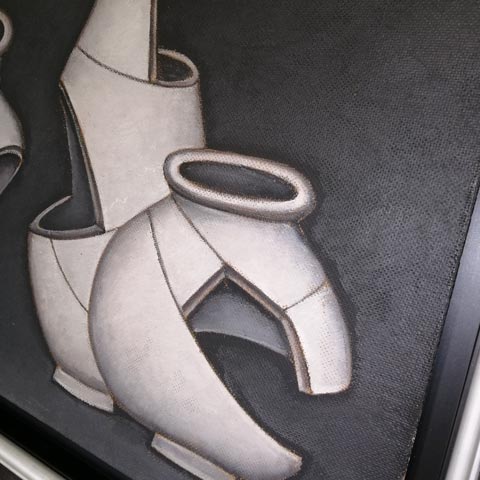

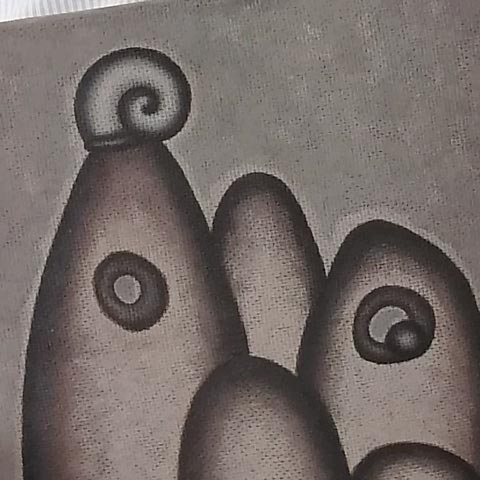
- Hardboards and cardboards of the valuable period (after 1961) of a compact size of about 30 cm. For them, the actual price range is $ 20,000–30,000. Within the range, the price depends primarily on the level of painting, as well as on provenance and publications. Works of this class have high liquidity and good investment potential.

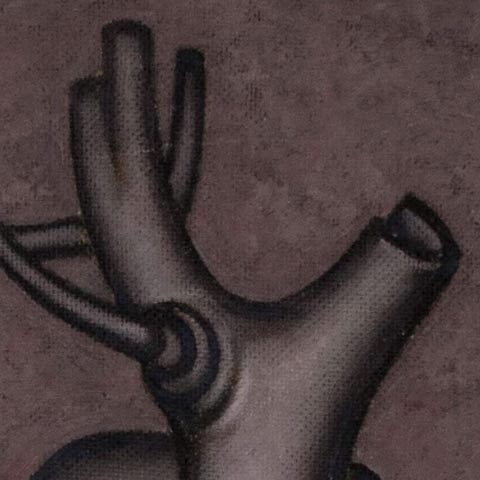
- Colored cardboards before 1960. In these works, signed not yet by К, but by КРАСС, Krasnopevtsev has already reached his strict form, but still remains in the color palette. These are solid important paintings, but prices for them are lower than for the “monochrome” ascetic Krasnopevtsev. The price range is $ 12,000–25,000, sometimes more expensive.
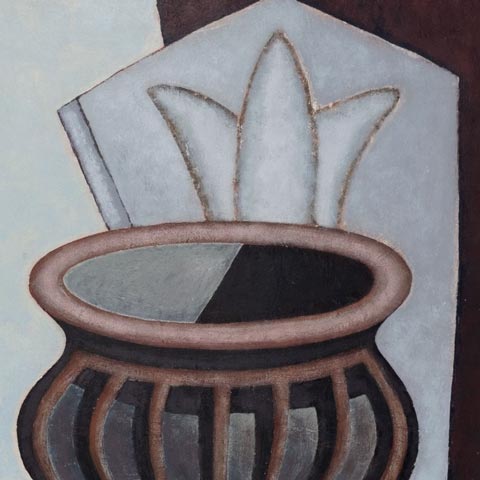
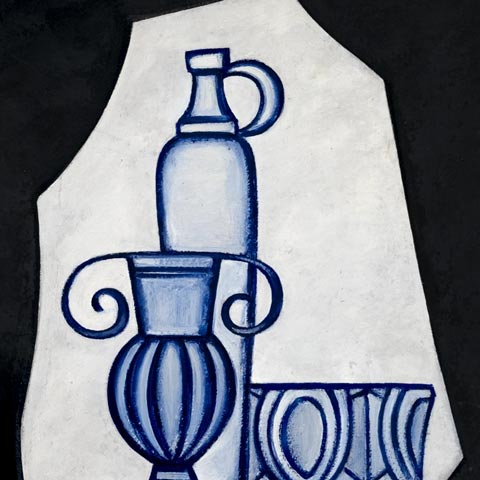
- Color graphics (watercolors and gouaches). The range is $ 5,000–10,000. Their liquidity is lower than that of painting. But these works look very impressive. An additional plus to the price gives the fact that the drawing is published in the first volume of Ushakov's handbook.
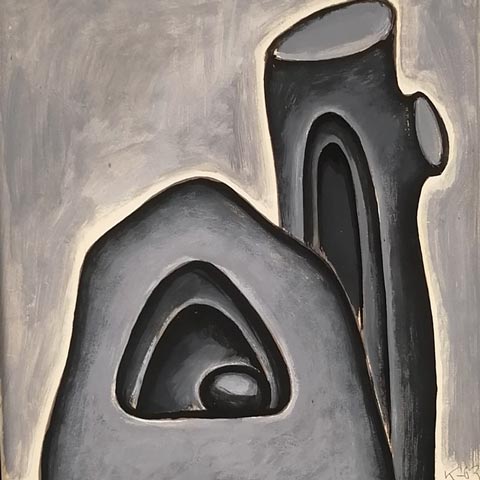
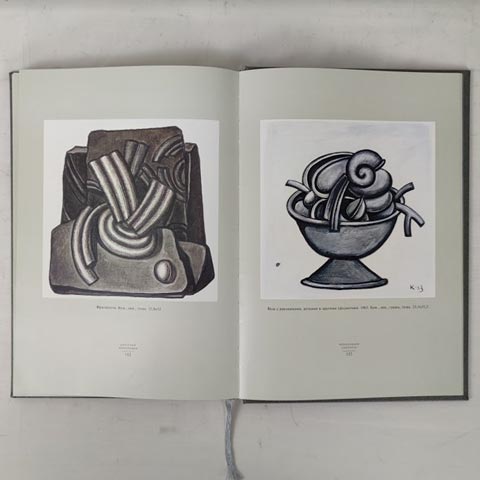
- Early painting of the 1940–1950s. Portraits, “European” still lifes, pictorial sketches — with rare exceptions, the material is “connoisseurial”. They are of interest to collectors who already have a striking Krasnopevtsev in their collection. And these additions allow them to close the gaps, to show how the work developed. Krasnopevtsev's early paintings are of considerable interest to art historians. But almost not suitable for investment. The price spread in this segment is large. For example, a small portrait by Krasnopevtsev can still be bought from $ 2,000 If it depicts a famous person or the author himself, then it is more expensive. Large canvases by early Krasnovtsev from the late 1940s and early 1950s can cost in the region of $ 5,000 and more.

- Monochrome graphics (pencil — felt-tip pen). This refers to the sketches of compositions that Krasnopevtsev made for future paintings. They are different. Some are carefully drawn at a large size. But sometimes there are 5–6–10 drawings per sheet. Krasnopevtsev did not assemble still lifes like in Jenga game, but often pre-assembled them in his imagination, invented them. But even these “technical” at first glance sketches were made by him carefully, without errors, which gave them a high decorative component. Such graphics today cost in the region of 50,000–70,000 rubles per sheet (less than $ 1,000). And these are things for gifts, for aesthetics, for beauty. But not for investment.
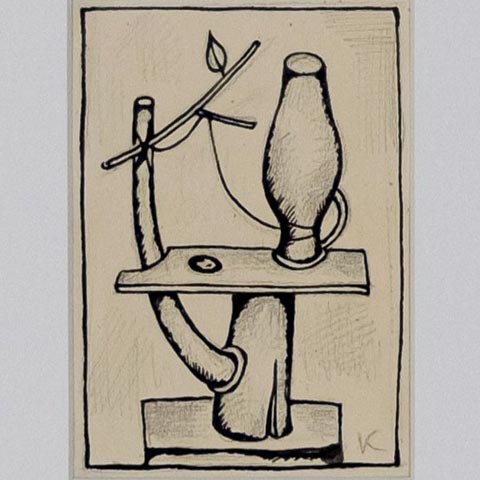
- Prints. Today you can buy Krasnopevtsev's prints for 10,000–60,000 rubles. The variation in prices can be explained by the presence of “live” signatures, acknowledgements and dedicatory inscriptions. Prints are inexpensive and beautiful works. For the soul — they are the best. But their investment potential, as with almost any circulating graphics, is limited. They are not for making money.

And now an important point. I'm writing it at the end so that it will be remembered better.
The main risk of investing in Krasnopevtsev is authenticity. Despite a strong echelon of expert defense, this artist remains one of the most counterfeited. Alas, there are not only clumsy imitations (which are easy to unmask), but also superfakes. In the latter case, the swindlers not only produce technically high-quality forgeries, but also furnish them with invented provenance, fake “lifetime” photographs and lots of paperwork. In a word, the knob of vigilance here should be turned to its fullest. And only buy from the right places.
How to deal with the issue of authenticity? Strictly speaking, it is the seller's responsibility to provide up-to-date expertise. This implies that there will be a consultation with Alexander Ushakov and a written opinion by Valery Silaev. The two specialists are in close contact with each other, often reconciling their opinions. However, the buyer does not need to know this inner workings. The main thing is to know that Sylaev's resulting paper should be in the output, and that means that everything is in order.
Over time, you can learn to figure out mass fakes on your own. To do this, it is useful to look through the catalogs in advance and try to analyze the composition in terms of approaches. An attentive viewer will notice that with Krasnopevtsev nothing ever hangs in the air without support and suspension. He does not have illogically “stuck” and “glued” parts. In addition, the artist did not like and avoided strict symmetry (which crooks mistakenly imitate balance). However, the analysis of specific techniques should not lead away from the main thing. Krasnovtsev's main point is harmony. Falsifiers are able to make a compilation, to use known combinations of objects from published original compositions. But they cannot preserve the simplicity and repeat the elegance. The compositions of forgeries almost always fall apart. And strained objects suddenly acquire ugly features. You look — it seems to be done similarly. But something is not right. It's not pretty, that's all.
Krasnovtsev's beauty is surprisingly laconic. Even the titles of his works are concrete and completely devoid of poetic pretentiousness. Do you remember what he called them? “Book, paper and poppy heads”, “Objects on props, lit by a candle”, “A vessel with water, stones and shells, covered by a large shell on top”. Doesn't it look like anything? An expert and connoisseur of Krasnopevtsev's work, artist Yuri Zheltov, very aptly compared these titles with hokku poetry. Even in the title the artist tunes on Zen. And how many other such mysteries he has!
In general, those who are just now beginning to get acquainted with the work of the artist and philosopher Dmitry Krasnopevtsev can only be kindly envied. They immediately find themselves in a comfortable information environment, painstakingly created by devotees and caring people. It is only in the last 15 years that important catalogs have been published, resonant exhibitions have been held, and comprehensible procedures for expert approval have been established. And only in the 2020s, Krasnopevtsev's important works and masterpieces finally began to appear at auctions in Russia. This has never happened before. We have witnessed a new situation when selected items, which were previously sold only in a narrow circle of connoisseurs, became available for the first time to novice collectors. At the same time, the supply has already increased, but prices have not yet returned to pre-crisis levels. Usually such periods do not last long. That is, there are objective prerequisites for the fact that now is the right time to buy.
Vladimir Bogdanov, specialist of ArtSale.info auction
Watch also a video review on investing in the works of Dmitry Krasnopevtsev on our YouTube channel:
- Log in to post comments










